You CAN get rid of bubbles after your resin has dried. Simply sand down the entire surface of your piece with coarse sandpaper, making sure you sand out the bubbles completely. Wipe away the sanding dust with damp paper towel, repeating as often as needed until the surface is clear of sanding residue. Apply a fresh coat of carefully measured and mixed ArtResin epoxy resin. Cover, let it cure and your piece will look perfect once again.
Bubbles are one of the biggest issues we hear about at ArtResin - read on to learn some great prevention tips and how to fix bubbles if they've already popped up.
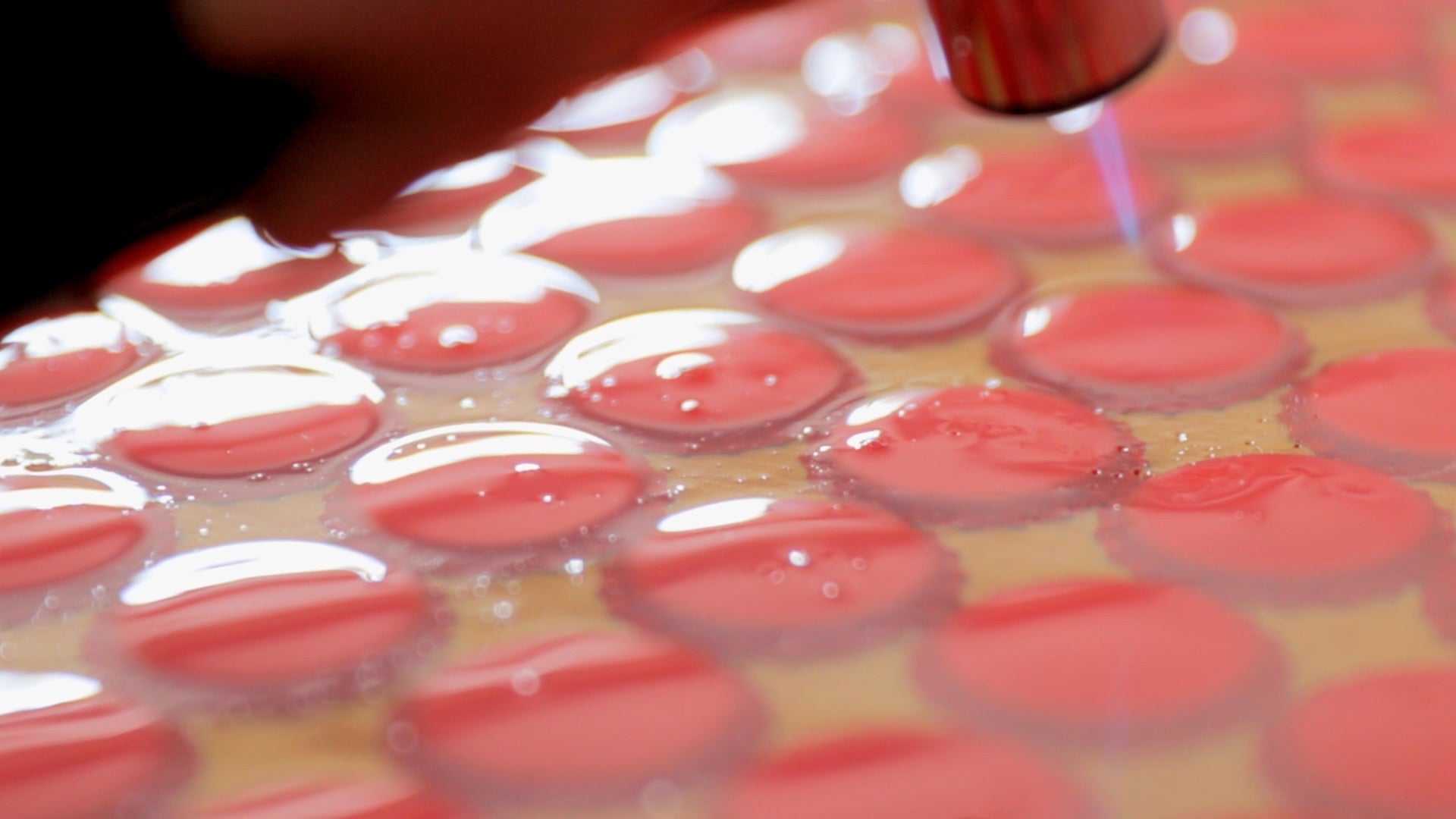
Why Are There Bubbles In My Resin?
Some bubbles are a result of mixing, but after you've poured and spread the resin over your piece, you may notice even more bubbles rising to the surface. This is because ArtResin was formulated with a bubble release agent to encourage bubbles to surface so they can be torched out before the resin starts to thicken and cure.
💡TIP: A torch is the BEST line of defense against bubbles - nothing beats a flame to pop bubbles for a flawless, crystal clear finish.

There are a few other reasons why bubbles may pop up. Here are the most common and some tips on how to prevent them:
1) Off-gassing
Porous, organic materials like wood, leaves, fabric and even some soft, lower quality papers contain air and moisture, which is absorbed and emitted depending on the climate. These materials will continue to "breathe" ... releasing air even after being covered with liquid resin. This is called off-gassing and it results in air bubbles in the resin, sometimes hours after you have poured and torched.
Sealing your work, prior to resining, will help prevent this.
For paper, leaves, fabric etc, you can use either a brush on or a spray sealant.
For a sturdier material like wood, you can use a brush-on sealant or even a thin coat of ArtResin, rubbed in with gloved hands (see our video How To Resin A Charcuterie Board to see how it's done.)
You may still get a bubble or two (in which case you will need to sand down your piece and apply another coat) but sealing will help to minimize bubbles.
💡TIP: When using an organic material, like wood, seal your work to help prevent off-gassing.
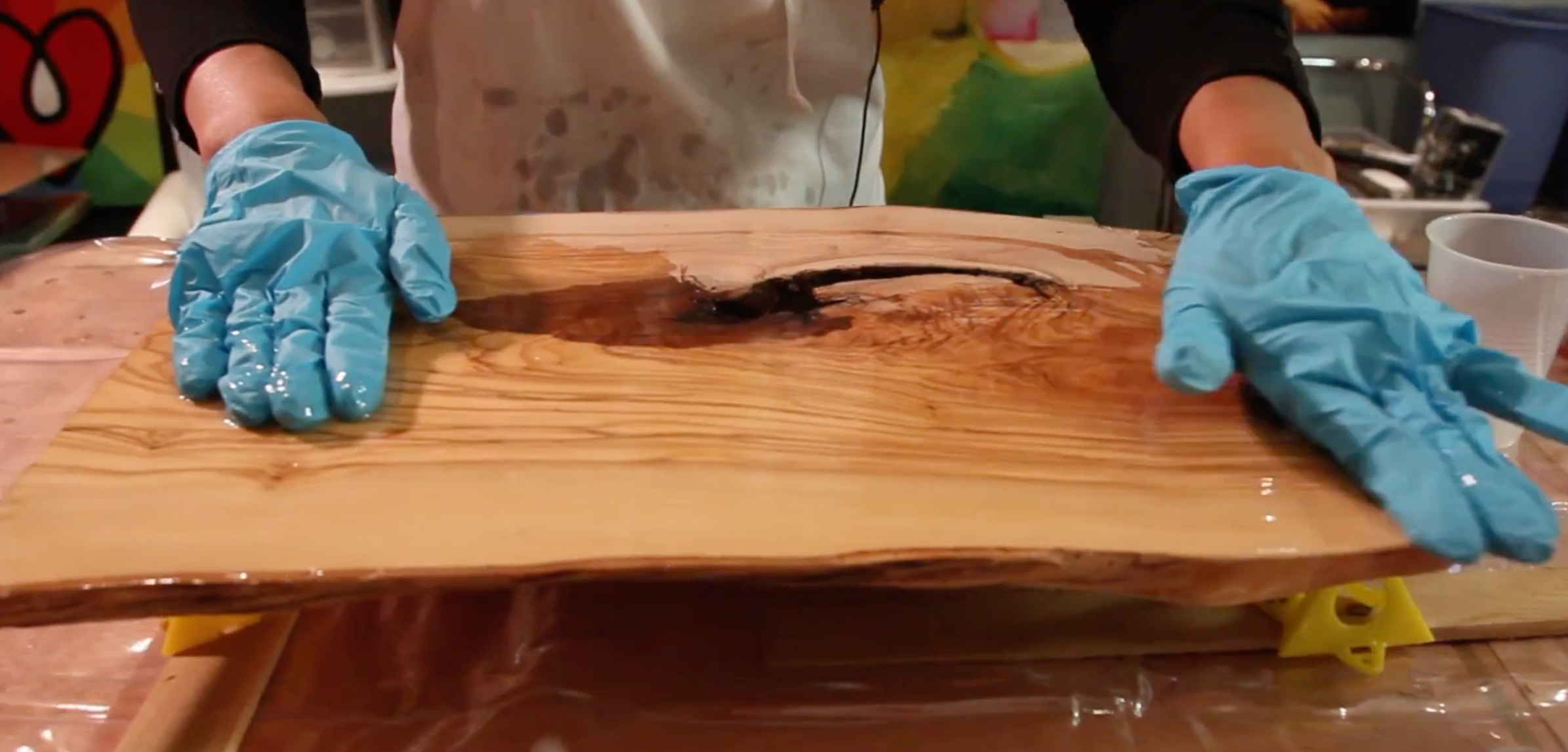
2) Reactions
On occasion, you may find there is a reaction between ArtResin, photo paper and the adhesive used to mount the photo to your substrate.
This reaction can result in ... you guessed it - bubbles!
Sealing with a brush-on or spray sealant will create a barrier between your photo and the resin, to prevent bubbles from forming as your piece is curing.
💡TIP: If in doubt, err on the side of caution and seal your work, especially if you're using photo paper.
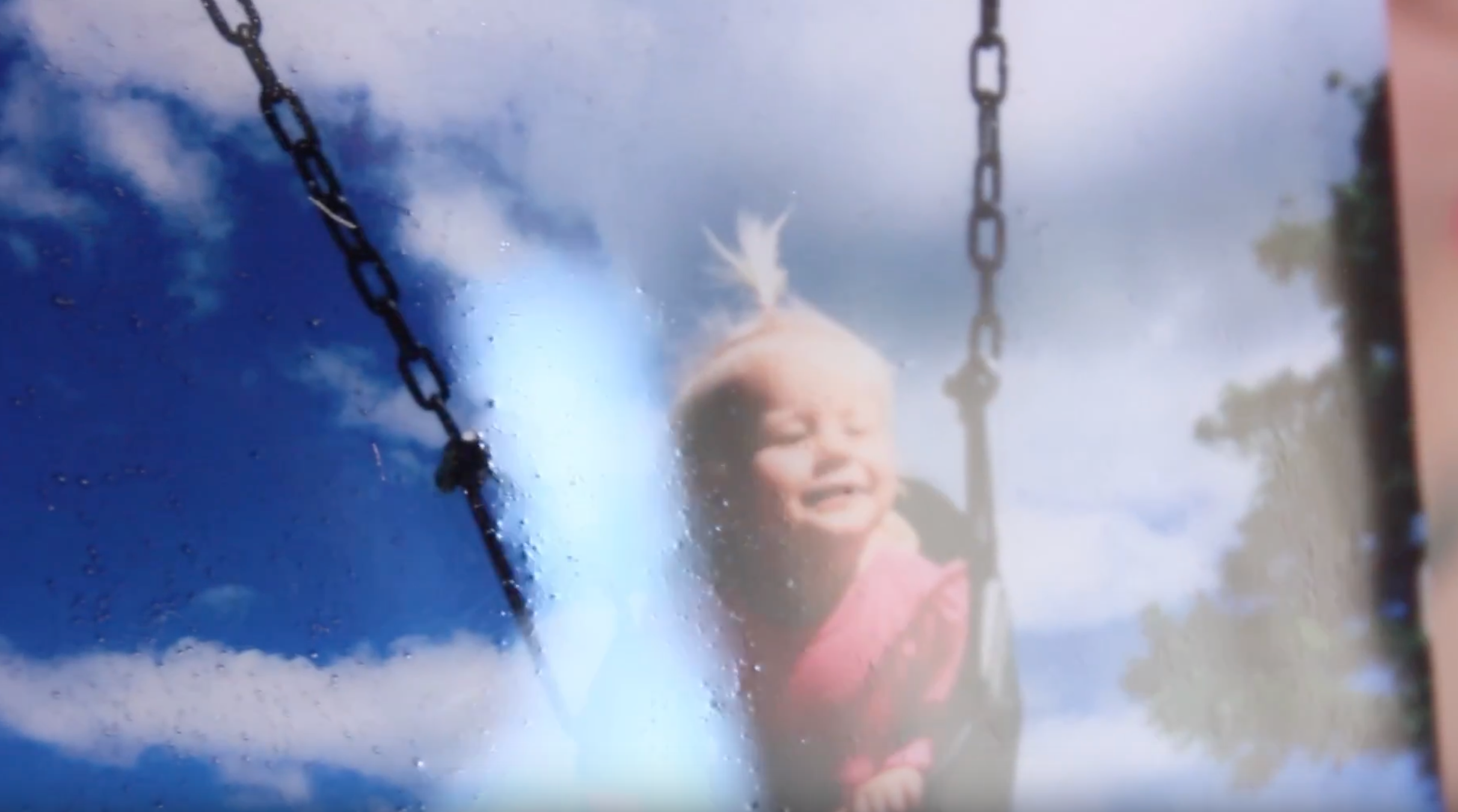
3) Cold temperatures
The ideal temperature for both your ArtResin and your workspace is slightly warmer than room temperature: 75-85F or 24-30C. Room temperature ArtResin epoxy resin is clear, with a beautiful, honey-like consistency. Cold resin, on the other hand, is thick, clumpy, and difficult to work with. It takes on a cloudy, milky appearance due to thousands of cold-induced micro-bubbles, which you will never be able to torch out.
💡TIP: Don't use cold resin. Room temperature is advised for optimal consistency and to reduce bubbles.
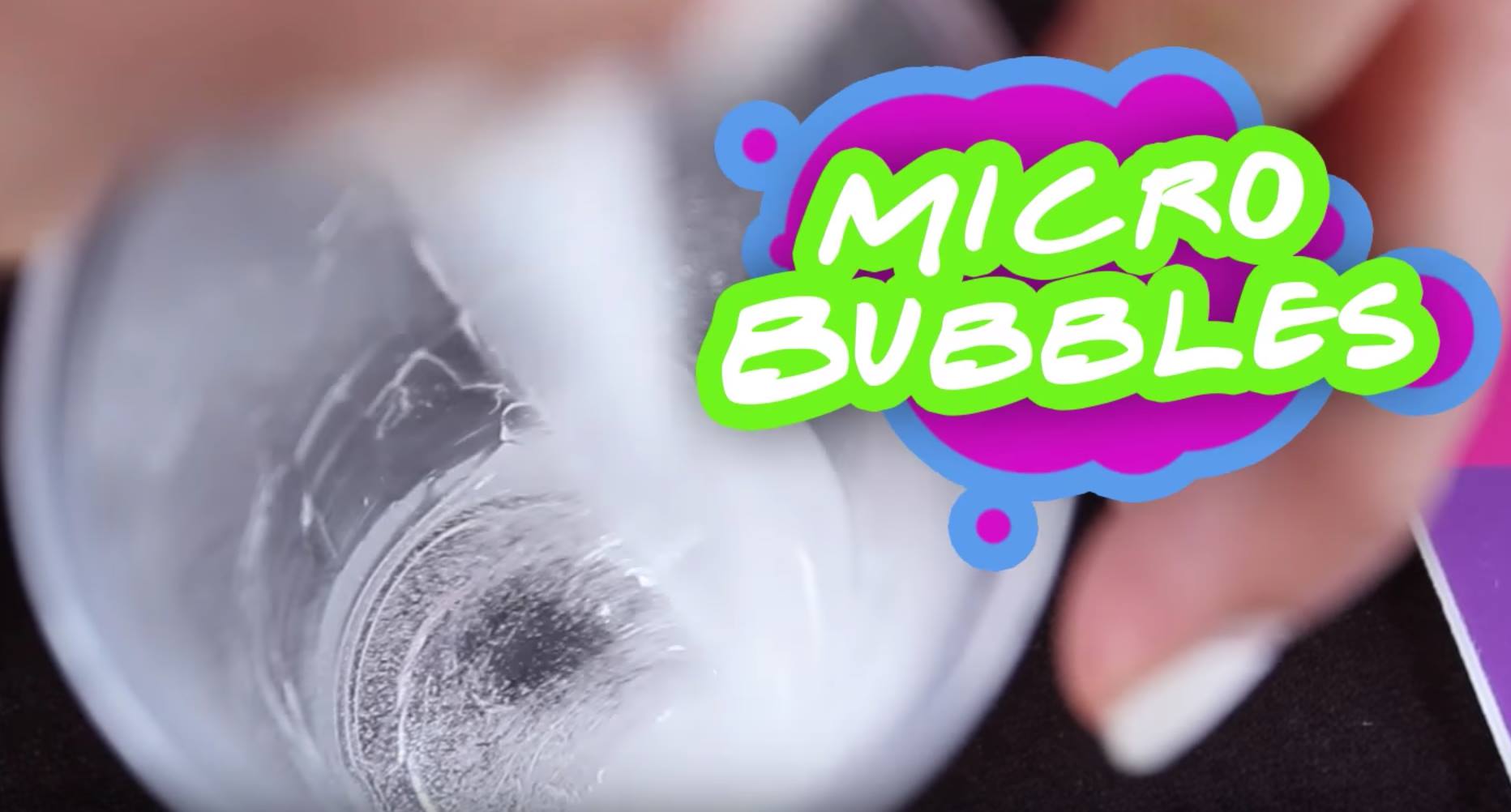
How To Fix Bubbles In Cured Resin
Thankfully, epoxy resin is forgiving, meaning that many problems (including bubbles) can be fixed with a simple sanding and re-pour.
Here's what you need to do:
1) Sand Out The Bubbles
Wearing a mask, sand down the entire surface of your piece, paying particular attention to sanding out bubbles. The purpose of sanding is to create some tooth for the fresh resin layer to adhere to, so it's very important that you sand the entire piece and use a coarse sandpaper, like 80 grit. After you've sanded, your piece will look scratched, but don't worry: the ArtResin will fill in those scratch marks and your piece will look crystal clear again.

2) Wipe Away Sanding Residue
Use a damp paper towel to wipe off the sanding dust. Wipe as many times as necessary - your surface needs to be absolutely clear of sanding residue before you pour your fresh layer of resin. Feel free to use a can of compressed air as a little extra insurance, especially if your piece has any nooks and crannies where dust may get trapped.
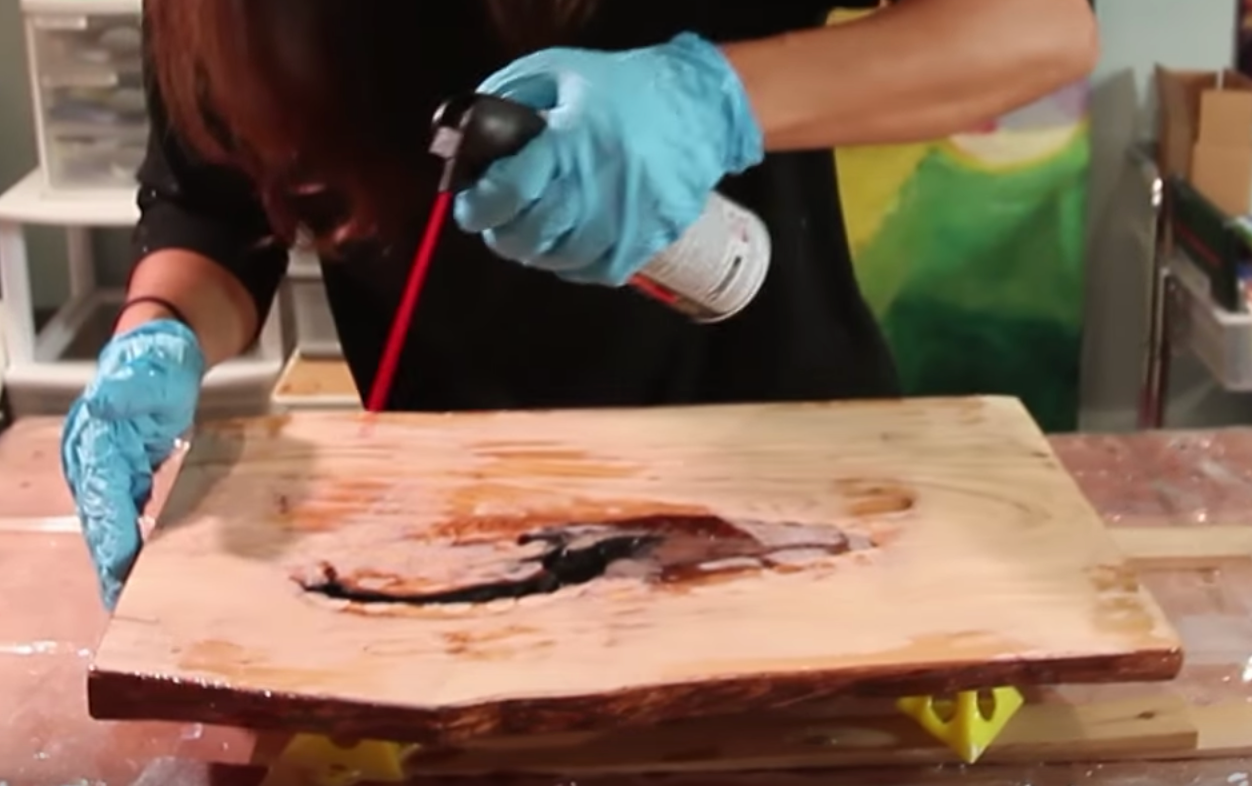
3) Pour A Fresh Batch Of Resin
Mix a fresh batch of carefully measured and thoroughly mixed ArtResin as directed, and apply a fresh coat of resin over your piece. Spread, torch out bubbles, cover and wait 24 hrs for a touch-dry cure, and 72 hrs for a full cure.

See?
No scratch marks - just a glossy, crystal clear ArtResin finish.

So remember:
Use room temperature ArtResin on your sealed piece to help prevent bubbles ... and if you already have pesky bubbles in your cured resin, follow our simple steps to get rid of them. Here's Joanne with a re-cap!
Please leave any questions or comments below!
Do you want to learn more about troubleshooting epoxy resin? Read our guides below:
- ArtResin’s Troubleshooting Guide
- Tips To Prevent Bubbles
- Can I Fix Small Imperefection In My Resin?
- Is It Possible To Overstir My ArtResin?
- How Do I Remove Epoxy Resin Drips?
- Is It Possible To Over Torch My ArtResin?
- Epoxy Resin Non Hardening
- How To Prevent Bendy Resin
- How To Fix Soft, Sticky Spots In My Resin?
- How Can I Avoid Getting Dimples In My Epoxy Resin?
- How Do I Get Bubbles Out Of Epoxy Resin?
- How To Reduce Dust Before Your Resin?
- How Can I Fix Dust In My Epoxy Resin?
- How Can I Deal With Epoxy Resin Drips After They've Dried?
- What Happens If I Overtorch Resin?
- Why Does My Resin Look Milky?
- Why Is My Epoxy Resin Still Sticky?
- Why Is My Resin Bendy?
- Why Are There Bare Spots In My Cured Resin?
- What Does Silicone Do To Resin?
ArtResin: Made For Artists, By Artists.
